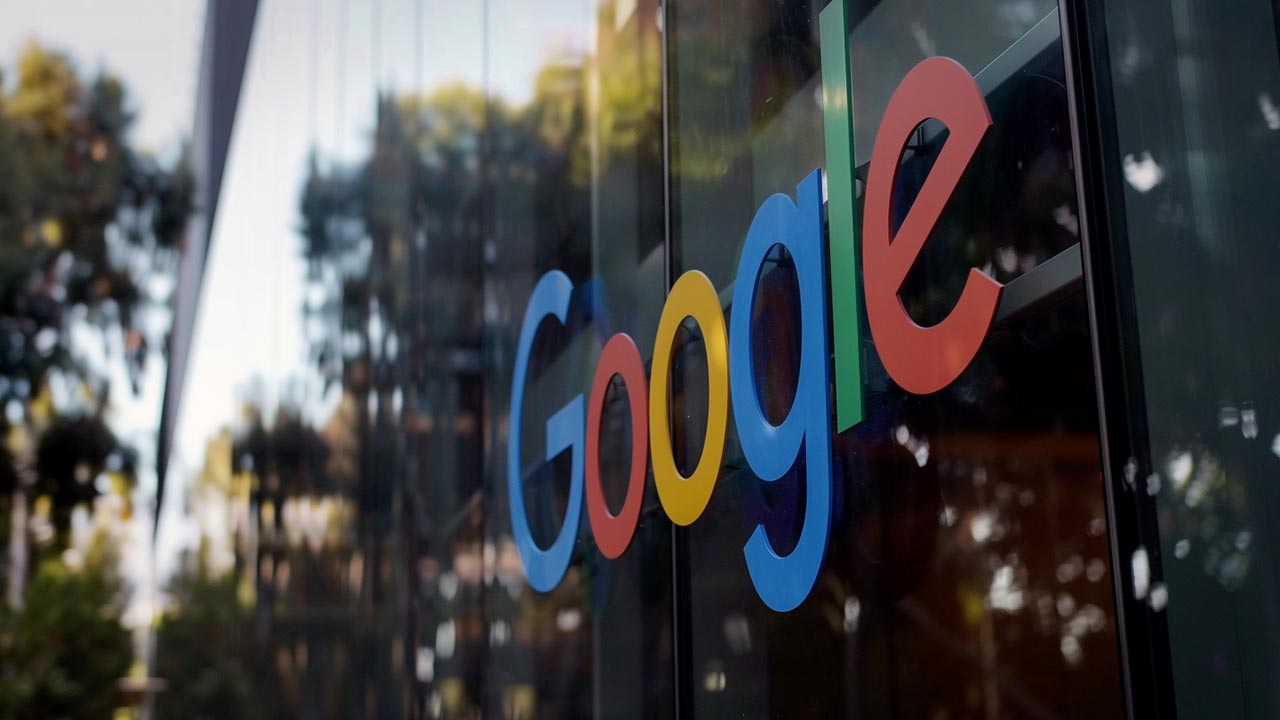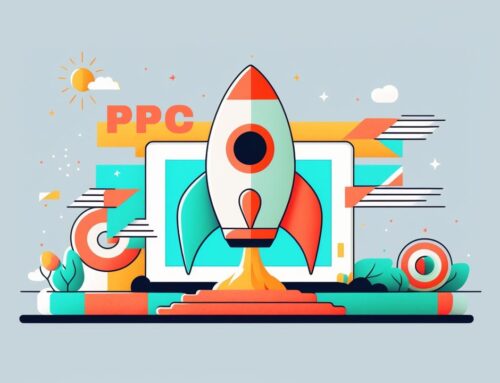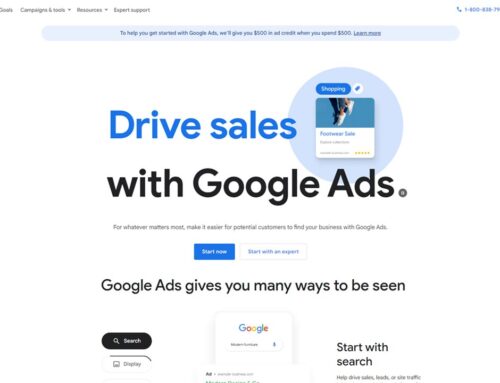The internet offers a vast marketplace, and using Google Ads is one of the most powerful tools to tap into this global audience. Whether you’re a mom-and-pop shop looking to drive foot traffic, a niche e-commerce store seeking online sales, or a service provider aiming to fill your calendar with appointments, Google Ads can be the game-changer that propels your business to the next level.
But let’s be honest—getting started with online advertising can feel like deciphering a foreign language. Keywords, bidding strategies, Quality Score, ad extensions—it’s easy to get lost in the jargon. That’s why this guide is here to help. We’ll break down the complexities of Google Ads into digestible, actionable steps so that even if you’re new to online advertising, you can confidently set up and manage your campaigns.
You’ll learn:
- The basics of Google Ads and why it’s essential for small businesses.
- How to set up your first campaign from scratch.
- Tips and tricks for optimizing your ads to get the most bang for your buck.
- How to measure success and scale your efforts.
Let’s dive in and transform your small business into a digital powerhouse.
Table of Contents
- Why Google Ads?
- Setting Up Your First Campaign
- Crafting Effective Ads
- Optimizing Your Campaigns
- Measuring Success
- Top 5 Frequently Asked Questions
- Final Thoughts
- Resources
Why Google Ads?
The Benefits of Google Ads for Small Businesses
Google Ads is like the Swiss Army knife of digital marketing—versatile, powerful, and indispensable. For small businesses, it provides unparalleled access to potential customers right when they’re searching for your products or services. But what makes online advertising truly indispensable for small businesses? Let’s break it down:
- Targeted Advertising: Google Ads allows you to hone in on your ideal audience based on demographics, location, interests, and even the time of day. This ensures your ad spend is as efficient as possible.
- Scalability: Whether you’re spending $50 or $50,000, Google Ads is scalable to fit your budget. You can start small, learn what works, and scale your campaigns as your business grows.
- Measurable Results: Every click, impression, and conversion is tracked in real-time, giving you the data needed to refine your campaigns and improve ROI.
- Flexibility: From text ads to shopping campaigns, Google Ads offers multiple formats to fit your business goals. Whether you want to drive foot traffic, generate leads, or boost online sales, there’s a campaign type for you.
Understanding the Google Ads Ecosystem
Before diving into campaign creation, it’s crucial to understand the components that make up the Google Ads ecosystem:
- AdWords Interface: This is your control center where you manage campaigns, ad groups, keywords, and budgets.
- Google Search Network: Your ads appear on Google search results pages, reaching users actively searching for products or services like yours.
- Google Display Network: Display ads are shown on a vast network of websites, offering broader brand visibility.
- Google Shopping: Ideal for e-commerce businesses, these ads showcase your products directly in Google search results.
- YouTube Ads: Tap into the power of video marketing by displaying your ads on YouTube.
- Google Analytics: A critical tool for tracking and analyzing the performance of your ads.
Setting Up Your First Campaign
Creating a Google Ads Account
To get started, you’ll need a Google Ads account. Visit the Google Ads homepage and click “Start Now.” Follow the prompts to set up your account. You’ll be asked to choose between “Smart Mode” and “Expert Mode.” If you’re new to Google Ads, it might be tempting to start with Smart Mode, but Expert Mode offers more control and flexibility.
Choosing the Right Campaign Type
Google Ads offers several campaign types, each designed for specific business goals:
- Search Campaigns: Ideal for driving traffic to your website when users search for relevant keywords.
- Display Campaigns: Great for increasing brand awareness by showing visual ads across Google’s Display Network.
- Shopping Campaigns: Perfect for e-commerce businesses looking to promote products directly in Google search results.
- Video Campaigns: Use these to show video ads on YouTube and across Google’s video partner sites.
Choose the campaign type that aligns with your business goals, and set your budget. Google will provide estimates of the potential reach based on your budget.
Targeting Your Audience
Effective targeting is the key to a successful online advertising campaign. Start by defining your audience based on:
- Location: Target ads to specific geographic locations.
- Demographics: Narrow your audience by age, gender, household income, etc.
- Interests: Reach users based on their past search behavior and interests.
- Devices: Customize ads for mobile, desktop, or tablet users.
Crafting Effective Ads
Writing Compelling Ad Copy
Your ad copy is your first impression—make it count. Focus on the following elements:
- Headline: Grab attention with a clear, compelling headline.
- Description: Highlight your unique selling points (USPs) and include a strong call to action (CTA).
- URL: Use a display URL that reinforces the ad’s message.
Utilizing Ad Extensions
Ad extensions can significantly improve your ad’s visibility and CTR (click-through rate). Common extensions include:
- Sitelink Extensions: Link to specific pages on your website.
- Call Extensions: Allow users to call your business directly from the ad.
- Location Extensions: Show your business address and increase foot traffic.
- Callout Extensions: Highlight additional features or benefits of your product.
Choosing Keywords
Keywords are the backbone of your online advertising campaign. Start with broad keywords to capture a large audience, then refine them over time. Use tools like the Google Keyword Planner to identify relevant keywords with high search volume and low competition.
Optimizing Your Campaigns
Understanding Bidding Strategies
Online advertising offers several bidding strategies to help you achieve your campaign goals. These include:
- Manual CPC: Control your maximum cost-per-click for each keyword.
- Enhanced CPC: Adjusts your manual bids to increase the likelihood of a conversion.
- Maximize Clicks: Automatically sets bids to get the most clicks within your budget.
- Target CPA: Google sets bids to get the most conversions at or below your target cost-per-action (CPA).
Improving Quality Score
Quality Score is Google’s rating of the quality and relevance of your keywords and ads. It affects both your ad rank and cost-per-click (CPC). Improve your Quality Score by:
- Relevance: Ensure your ads are closely related to the keywords and the landing page.
- CTR: Write compelling ads that encourage users to click.
- Landing Page Experience: Optimize your landing pages for user experience and relevance to the ad.
Monitoring and Adjusting Your Ads
Regularly monitor your ad performance and make adjustments as needed. Use A/B testing to compare different ad copies, keywords, and bidding strategies. Optimize underperforming ads and scale successful ones.
Measuring Success
Using Google Analytics
Google Analytics is an essential tool for measuring the success of your online advertising campaigns. It provides insights into:
- User Behavior: Understand how users interact with your site after clicking on your ads.
- Conversion Tracking: Track specific actions like purchases, sign-ups, or downloads.
- Attribution Modeling: Analyze how different marketing channels contribute to your conversions.
Interpreting Campaign Metrics
Key metrics to monitor include:
- CTR (Click-Through Rate): Indicates how often people click on your ad after seeing it.
- Conversion Rate: Measures the percentage of clicks that result in a desired action.
- CPA (Cost Per Acquisition): Calculates the average cost of acquiring a customer.
- ROAS (Return on Ad Spend): Measures the revenue generated for every dollar spent on ads.
Scaling Your Campaigns
Once you’ve identified winning strategies, it’s time to scale. Increase your budget, expand your keyword list, and explore new ad formats to reach a broader audience. Keep testing and optimizing to maximize your return on investment (ROI).
Top 5 Frequently Asked Questions
Final Thoughts
The most critical takeaway from this guide is the importance of continual optimization. Google Ads isn’t a “set it and forget it” platform. The digital advertising landscape is dynamic, with new competitors, trends, and algorithms constantly evolving. To stay ahead, small businesses must be agile—testing, learning, and adapting their campaigns consistently. When done right, you can deliver an exceptional ROI, transforming your small business into a digital success story. The key is to start small, learn the ropes, and scale your efforts as you gain confidence and expertise.
Resources
- Google Advertising Help Center
- Google Keyword Planner
- Google Analytics
- Search Engine Land’s Guide to Google Advertising






